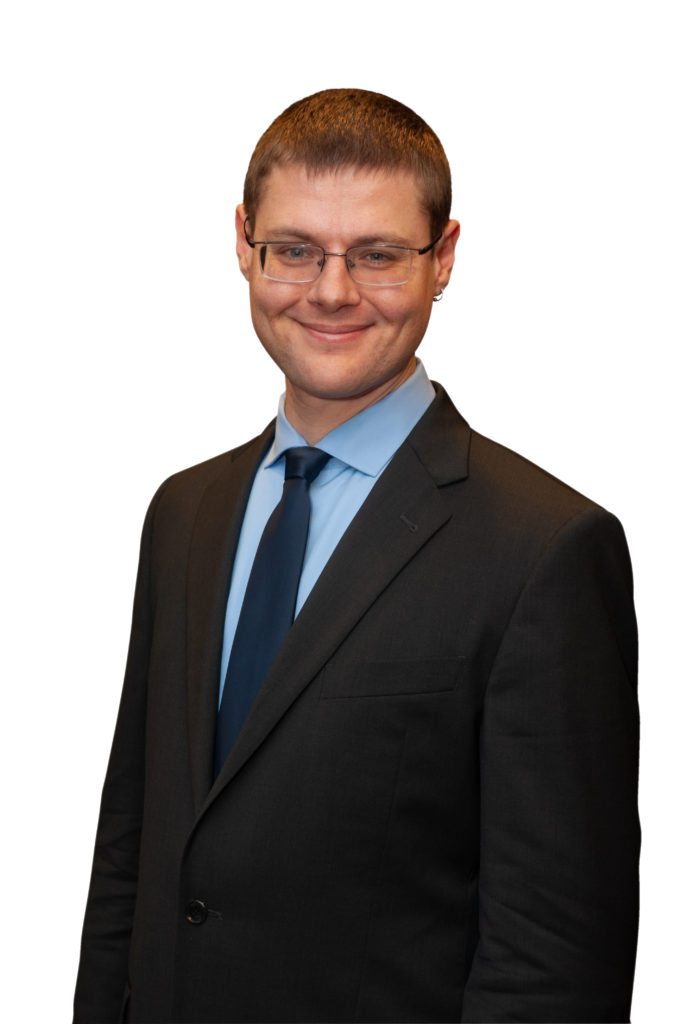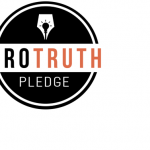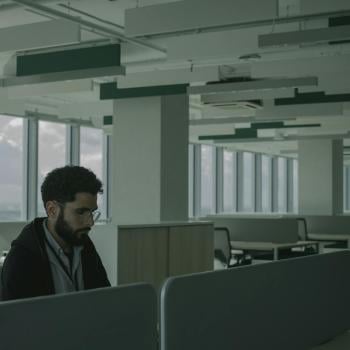
To evaluate unconscious bias caused by cognitive biases, first think about these three questions:
- What percentage of projects in your workplace miss the deadline or go over budget?
- How often do you see hiring decisions and employee assessments influenced by factors not relevant to job competency?
- How frequently are your team’s members overconfident about their decisions?
If you didn’t answer “rare to none” for any of these, you got a problem. In fact, these questions get at only 3 out of over a 100 dangerous judgment errors that scholars in behavioral economics and cognitive neuroscience call cognitive biases.
Do you regularly – over 10% of the time – see projects in your workplace go past deadline or over budget? It’s a sign that the cognitive bias known as the planning fallacy is undercutting performance. The planning fallacy refers to our intuitive belief that everything will go according to plan, resulting in us failing to plan for the many potential problems that cause projects to go over budget or past deadline. Cost overruns and delays result in serious damage to the bottom lines of our businesses.
How about assessments for hiring, performance, and promotion impacted by non-relevant factors? Well, two dangerous judgment errors play a major role in causing such problematic evaluations, the halo effect and the horns effect. The halo effect refers to the fact that if we feel a significant positive emotion toward one characteristic of someone, then we will have an overly positive evaluation of that person as a whole. That’s why taller men get promoted at higher rates into positions of authority, and both men and women perceived as physically attractive are more likely to be hired. The horns effect is the opposite: if we don’t like a characteristic that is significant to us, we will tend to have a worse evaluation of that person as a whole. For instance, overweight people are less likely to be hired.
Finally, excessive confidence in making decisions – and other work areas – is a symptom of the mental blindspot known as the overconfidence effect. Overconfidence has been associated with many problems in the workplace. For example, overconfidence leads people into financial shenanigans, such as overstating earnings. Overconfident leaders tend to resist constructive criticism and dismiss wise advice, letting their intuition drive their decision-making as opposed to making thoughtful plans.
So now that you know about the planning fallacy, the halo and horns effects, and the overconfidence effect, you’re safe from these 4 cognitive biases, right? Unfortunately, just learning about these mental blindspots will not work to assess where they occur in your workplace or to defeat them, as research shows. In fact, some techniques that would seem intuitively to help address unconscious bias caused by cognitive biases make them worse.
Fortunately, recent research has revealed strategies that you can use to notice when you’re about to fall for these mental blindspots, as well as when you’ve been suffering from them for a while without knowing it. Moreover, it shows how you can use pragmatic strategies to overcome these dangerous judgment errors to avoid unconscious bias and make the best decisions, in your work and career, in your professional and personal relationships, and in other life areas as well.
The first step to solving cognitive biases does involve learning about them. However, simply having knowledge doesn’t help. For instance, students who learned about mental blindspots showed the same vulnerability to these errors as students who didn’t.
What is much more helpful is making sure that people are strongly emotionally motivated to address cognitive biases. Our emotions determine 80-90 percent of our decisions, thoughts, and behaviors, and tapping our feelings is clearly effective in helping notice and address dangerous judgment errors. On a related note, it really helps for people to feel that the effort to address mental blindspots is important to them, getting them truly involved and bought into the outcome of debiasing cognitive biases.
To do so, you need to evaluate thoroughly the impact of each cognitive bias on your own professional activities, as well as more broadly in your team and organization. Then, you have to make and implement a plan to address the problems caused by such unconscious bias, again, not only for yourself but also for your team and your business.
Fortunately, you don’t have to address all the cognitive biases. Just going through the 30 most dangerous judgment errors in the workplace will get you the large majority of the benefit from such an analysis to help you avoid unconscious bias. All of these mental blindspots, along with clear next steps on what to do after the evaluation, can be found in the Assessment on Dangerous Judgment Errors in the Workplace. It’s available for sale in print or digital form and you can get the digital version for free when you register for the Wise Decision Maker Course.
Assessment on Cognitive Biases in the Workplace to Address Unconscious Bias
The assessment starts with an evaluation of how frequently each of the 30 cognitive biases occurred in your workplace in the last year in the form of percentages. Don’t feel obliged to be absolutely precise, approximate numbers are fine.
If you don’t remember something occurring, give it a low percentage score, including 0 if you think it doesn’t occur. For instance, if all of your projects came under budget and within the deadline, then planning fallacy is not a problem for you.
Each of the 30 questions should take 10-15 seconds. Just put down the first number that seems to make the most sense for you. You can go back later and tweak it if needed. However, for the first run-through, do it fast. Remember, if you tend to be an optimistic person in general, temper your optimism and give a somewhat higher percentage than you intuitively feel is appropriate. Same goes for pessimism: give a lower percentage if you tend to be pessimistic.
Following this evaluation, you will score the assessment to see the current state of dangerous judgment errors in your workplace. Next, you’ll evaluate the impact of these problems on the bottom line of your personal work, your organizational unit, or the company as a whole, to the extent that you can estimate this question. After all, knowing the bottom line impact will enable you to decide how much to invest into addressing the problem. You’ll then evaluate the performance of your workplace on the four broad competencies of addressing cognitive biases: how the people in your organization do on evaluating themselves, evaluating others, strategic evaluations of risks and rewards, and tactical evaluations in project implementation.
Finally, you’ll get to the next steps. There, each dangerous judgment error is explained, focusing on its business impact. You’ll also get to decide which of the mental blindspots you’ll focus on addressing in the short term future.
The assessment will prove invaluable as you take the next steps to solve the problems you identified. You should have yourself and others in your organization do the assessment after you introduce the concept of cognitive biases but before you launch any interventions. Then, you can use your assessment results as a baseline to assess the impact of any interventions.
To develop your interventions, see the book that’s based around this assessment and provides both techniques and business case studies for how to address cognitive biases: Never Go With Your Gut: How Pioneering Leaders Make the Best Decisions and Avoid Business Disasters. You can also learn and use research-based strategies to make the best decisions in quick everyday choices, in moderately important decisions, and in critically important ones.
Additionally, you would benefit from a method to avoid failure and achieve success when implementing your decisions, as well as another technique to address threats and seize opportunities in your long-term strategic plans. Finally, it would be really valuable for your to develop the mental habits and skills necessary to address the unconscious bias caused by cognitive biases. These techniques and skills, along with the knowledge in the book, will help you address effectively the dangerous judgment errors we tend to make.
While enacting the interventions, have yourself and the others in your workplace take the assessment regularly – once a week if the intervention is intense, once a month if it’s less intense – to evaluate the effectiveness of the intervention. Revise the intervention as needed to account for your results.
After the intervention is complete and you are satisfied, keep taking the Assessment on Dangerous Judgment Errors in the Workplace every quarter. Doing so will help keep up vigilance and ensure that you keep protecting yourself from the disastrous consequences of falling into dangerous judgment errors.
Key Takeaway
To address unconscious bias caused by cognitive biases in your workplace, you need to evaluate their impact on your own professional activities and on your team and organization. Then, make and implement a plan to address these biases. —> Click to Tweet
Questions to Consider
- Which of the following biases most negatively impacts your workplace: the planning fallacy, the halo and horns effects, or the overconfidence effect? What does that negative impact look like?
- What would be the benefit to you, your team, and your organization of addressing the 30 most dangerous judgment errors in the workplace?
- How did you score on dangerous judgment errors in your workplace when you took the assessment? How do you feel about your score?
- What next steps can you take to bring the Assessment on Dangerous Judgment Errors in the Workplace to your team and organization?
Image credit: Flickr/Geoffrey Fairchild
Originally Published in Disaster Avoidance Experts on June 27, 2019.
—
Bio: Dr. Gleb Tsipursky empowers you to avoid business disasters as CEO of the boutique consulting, coaching, and training firm Disaster Avoidance Experts. A best-selling author, he wrote Never Go With Your Gut, The Blindspots Between Us, and The Truth Seeker’s Handbook. Tsipursky’s cutting-edge thought leadership was featured in over 400 articles and 350 interviews in Fast Company, CBS News, Time, Scientific American, Psychology Today, Inc. Magazine, and elsewhere. His expertise stems from his background of over 20 years of consulting, coaching, speaking, and training experience across North America, Europe, and Australia. It also comes from his strong research and teaching background in behavioral economics and cognitive neuroscience with over 15 years in academia, including 7 years as a professor at the Ohio State University, with dozens of peer-reviewed academic publications. Contact him at Gleb[at]DisasterAvoidanceExperts[dot]com, follow him on Twitter @gleb_tsipursky, Instagram @dr_gleb_tsipursky, Facebook, YouTube, and LinkedIn. Most importantly, help yourself avoid disasters and maximize success, and get a free copy of the Assessment on Dangerous Judgment Errors in the Workplace, by signing up for his free Wise Decision Maker Guide.


















